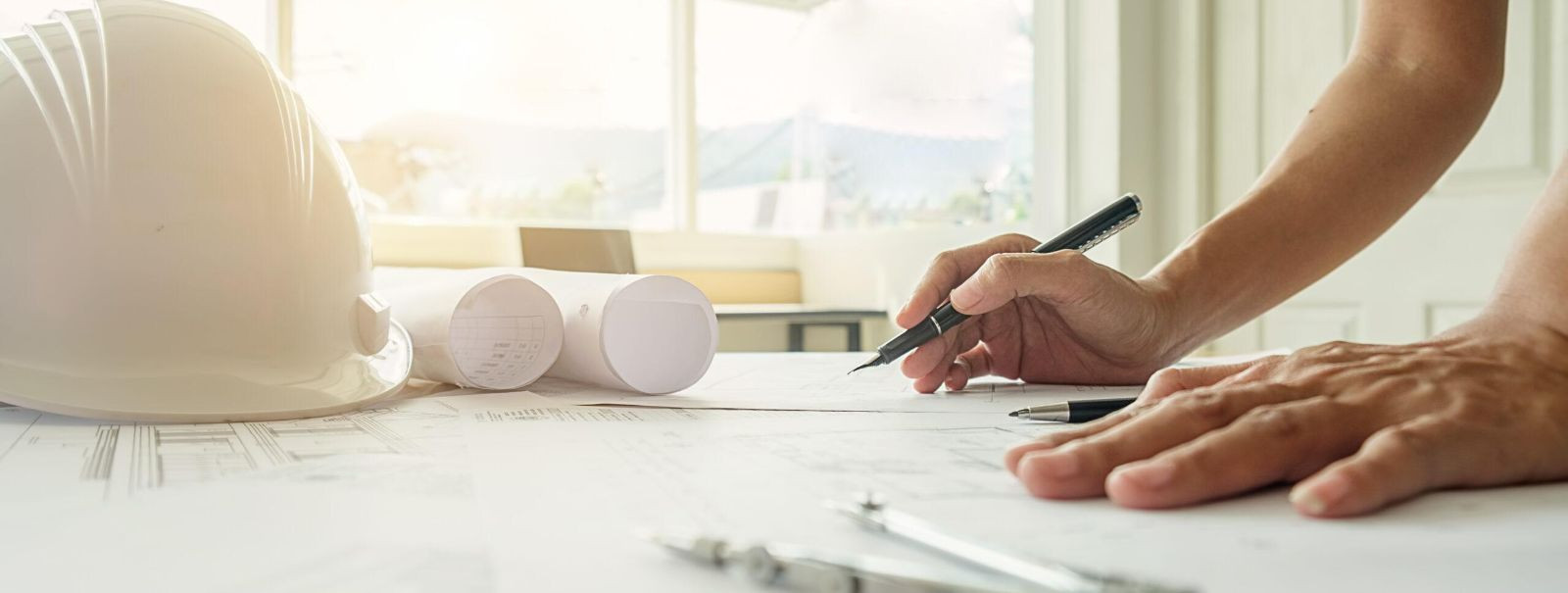How to choose the right facade material for your home
The facade of a home is not just its outer shell; it is a critical component that defines the building's aesthetic appeal, energy efficiency, and overall value. Choosing the right facade material is a significant decision that impacts both the appearance and functionality of your property. With a variety of materials available, each offering unique benefits and challenges, understanding your options is essential for making an informed choice.
Importance of Choosing the Right Facade Material
The facade material you choose can significantly influence your home's durability, insulation properties, and maintenance needs. A well-chosen facade material enhances curb appeal, increases property value, and contributes to the building's sustainability. It also plays a crucial role in protecting the structure from environmental elements, ensuring longevity and performance.
Types of Facade Materials
Brick is a classic facade material known for its durability and timeless appeal. It offers excellent thermal mass, helping to regulate indoor temperatures, and requires minimal maintenance. Brick facades are available in various colors and textures, allowing for versatile design options.
Stone facades exude elegance and strength, providing a natural and luxurious appearance. Stone is highly durable and weather-resistant, making it ideal for various climates. However, it can be more expensive and requires skilled installation.
Wood offers a warm and inviting aesthetic, with a range of finishes and styles to suit different architectural designs. While wood is environmentally friendly and provides good insulation, it requires regular maintenance to protect against weathering and pests.
Metal facades, such as aluminum or steel, are modern and sleek, offering a contemporary look. They are lightweight, durable, and recyclable, making them an eco-friendly choice. Metal facades are also resistant to fire and pests but may require insulation to enhance energy efficiency.
Glass facades create a striking and modern appearance, maximizing natural light and offering expansive views. While glass is energy-efficient when combined with advanced glazing technologies, it can be costly and requires careful consideration of privacy and thermal performance.
Composite materials, such as fiber cement or high-pressure laminates, combine the benefits of various materials to offer durability, versatility, and low maintenance. They are available in a wide range of colors and textures, providing flexibility in design.
Factors to Consider When Choosing Facade Materials
Consider the local climate and weather patterns when selecting facade materials. Materials that perform well in one environment may not be suitable for another. For instance, wood may not be ideal in humid areas, while metal may not be the best choice in coastal regions due to corrosion.
The facade material should complement the architectural style of your home and reflect your personal taste. Consider the color, texture, and overall appearance to ensure it aligns with your vision for the property.
Energy-efficient facade materials can significantly reduce heating and cooling costs. Look for materials with good insulation properties and consider additional features like thermal breaks or reflective coatings to enhance performance.
Different materials have varying maintenance needs. Consider the time and effort required to keep the facade in good condition. Low-maintenance materials can save you time and money in the long run.
Budget is a crucial factor in choosing facade materials. While some materials may have a higher upfront cost, they could offer long-term savings through durability and energy efficiency. Balance your budget with the desired quality and performance.
Environmentally conscious homeowners should consider the sustainability of facade materials. Look for materials that are recyclable, have a low carbon footprint, and are sourced responsibly.
Tips for Selecting the Best Facade Material
To select the best facade material for your home, start by assessing your priorities, such as aesthetics, performance, and budget. Consult with professionals to understand the pros and cons of each material and consider visiting properties with similar facades to see them in action. Finally, ensure that the chosen material aligns with local building codes and regulations.






Comments (0)